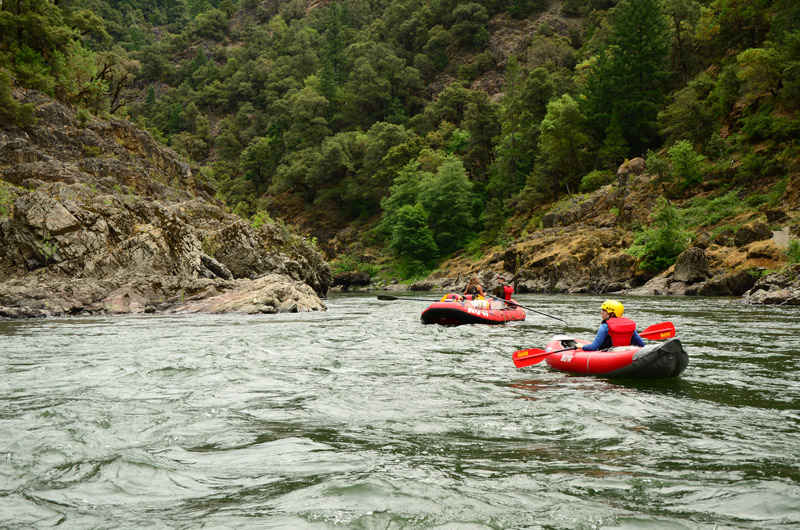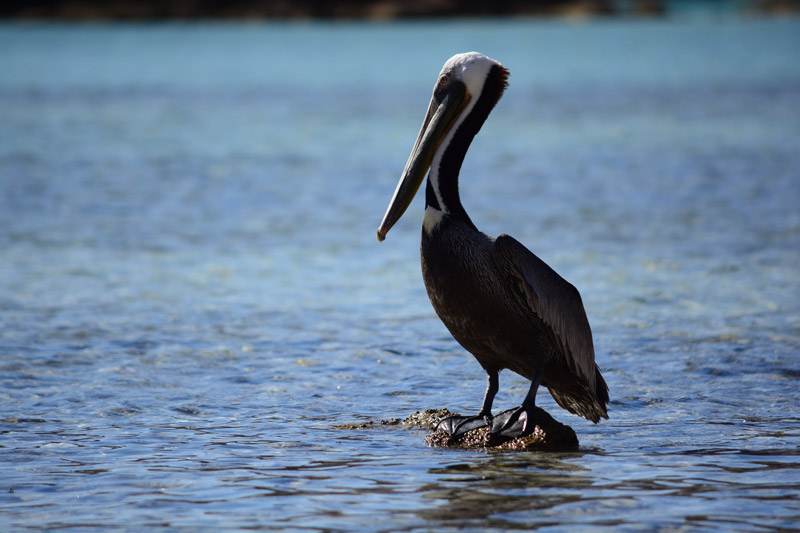



Thanks to the insights from trusted trip operator, ROW Adventures, selecting a paddling adventure becomes a lot simpler. Consider their responses to five critical questions garnered in a recent interview by Active Junky.

We have a decent amount of crossover between our rafting and kayaking guests. Many guests start on a rafting trip and then choose to try out a sea kayaking adventure, or vice versa.
One big difference is the activity level. On a multi-day rafting trip, the trip can be filled with activity if the guest wants, or they can choose to be a passive participant. On the other hand, a sea kayaking trip is very active, requiring a number of hours of paddling each day.
Another difference is that the guests on sea kayaking trips are usually VERY interested in the wildlife they will likely see, especially the whales. The opportunity to see whales in their natural and wild habitat is a big draw for our sea kayaking guests. In contrast, river rafting guests enjoy seeing the wildlife but focus more on the river itself -- its canyons, history and the remote nature of the trip.
Lastly, because of our sea kayaking tours happen in international locations, kayaking guests are usually more interested in international travel and exposure to other cultures and geographic regions, not to mention encountering language challenges. The cultural immersion is usually one of the highlights for our sea kayaking guests.
In short, sea kayaking guests are typically more active and interested in wildlife, culture, and the sport itself, while rafting guests are more of a mix of activity level, interest in wildlife, and often don’t raft on their own.

On a sea kayaking trip, we typically paddle between 3-5 hours per day, broken up by a lunch break. This ranges between 8-12 miles, sometimes more based upon itinerary and location. Consulting with an adventure consultant is essential to determine paddling expectations for any tour. During paddle sessions, guests absolutely have the opportunity to stop and take photos of the scenery and wildlife.
Perhaps most importantly, we stop when whales are around, as we need to respect their space. This allows time to pause for photos. At the end of the day, guests can hike around the beach camp, play games or read on the beach, or enjoy sipping a fresh margarita while guides prepare dinner.
For river trips, we spend about seven hours a day on the river that includes a stop for lunch along with hikes and visits to historical sites. While rivers vary, travel usually totals 8-15 miles a day with generous time to observe nature and take pictures. Frequently, calm sections rapids permit reflection as well as photography. Once in camp in the afternoon, guests can relax by the river, fish, hike, sit in a nearby hot spring, play games such as horseshoe, or sip on a beer or some wine while guides prepare dinner.

For sea kayaking trips:
For rafting trips:
For any of our trips:

On a sea kayaking trip (they’re all more than three days)…
On a three-day river trip, the benefits are not as profound >
At least four days in length really gives a person the chance to become disconnected enough to enjoy their surroundings.

Guests want office staff and guides to listen to “what they want” and be able to translate it into “why are they traveling” as its more important that hearing their “what.” Guests also feel more comfortable with more experienced guides possessing the proper training and certifications. Guests want to feel safe while on their trip and are able to trust their guides. And they want the guides to take care of them and bond with them. Guides and service is a very important part of our ROW business.
We often hear that a trip was amazing, but it was the guides and office staff that made it second to none. The “Humans of ROW,” as we’ve started calling ourselves around the office, are incredibly passionate about the areas we visit and the people we share it with. It is important to us to enrich lives through nature as we build community through travel. This translates into the top-notch service we provide – and that guests notice